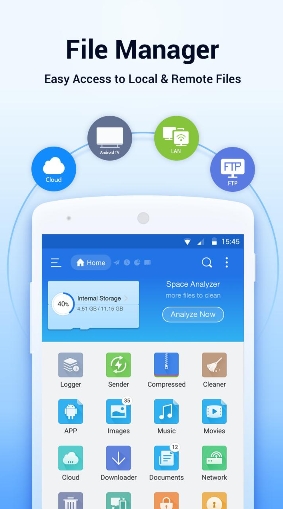

edit or look at mapping data for several entities quickly by opening the general entity editor and opening the field mappings tab while selecting the entities to check / edit in the project explorer: the field mappings tab is kept the tab visible so the data of the selected entity is shown each time. One editor which is kept open and will show the selected element in the project explorer, making it very easy to check / edit configurations on multiple elements. Creating the database tables from this model in the designer will then result in a default constraint on the table field the email address field is mapped on with value General editors per project element type: NET string type, with length 150 and a default of for SQL Server and then define a field in an entity with type 'EmailAddress'. This makes it possible to for example define a custom type, e.g. Ability to define default constraints for types, per type - DB combination (model first).It's now possible to save search queries in the project file.the fields and the tables it is referencing. You can use macros to make sure the FK name reflects e.g. The pattern is used to construct the name of the sequence to find. The pattern which is used to find a sequence for a numeric primary key field which is being reverse engineered to an entity field. If a framework doesn't support a value, it's ignored.
COPY PASTE IT V4.2 PRO
Please consult the LLBLGen Pro documentation on the used target framework for the supported values of that framework regarding table targets. Not all supported target frameworks support all available values. The default action combination for an entity mapping if the mapping target is a view. Entity action combination default for view.The default action combination for an entity mapping if the mapping target is a table. Entity action combination default for table.Example: a new entity reverse engineered from the table 'customers' will be called 'customer'. table) it is reverse engineered from, is singularized. When set to true, the name for a new model element which is derived from the relational model element (e.g. Singularize Element Names (default: true).What's new / changes in the LLBLGen Pro v4.2 designer New / removed designer preferences and project properties For new settings, the defaults are chosen. Your v4.0 / v4.1 or v3.x preferences will be migrated to v4.2 as a copy, leaving your v3.x and v4.0 / v4.1 preferences as-is. When you first start v4.2 and you have used v4.0 / v4.1 or v3.x on the same system before, The project file is XML based, a good source control system will help you Use a copy of your v3.x or v4.0 / v4.1 project with v4.2, so you can roll back to your original project file if you have to. Migrating your v3.x or v4.0 / v4.1 project to v4.2 is the easiest if you first Saving the project again in v3.x or v4.0 / v4.1 will therefore make the project lose this In v4.2 in v4.0 / v4.1 or v3.x but you'll lose some information which is specific for v4.2. A warning will be shown when you save the project for the first time,Īs the project is initially in v3.x or v4.0/v4.1format. You can load project files saved in v3.x or v4.0/v4.1 without conversion in You can use v4.2's designer side-by-side with a previous versions of the designer and previous LLBLGen Pro Section to get up to speed with the breaking changes introduced in this version or previous versions.įor your convenience, we've also included the what's new / changed in v4.2, so if you're migrating from an earlier version to v4.2, you won't miss important information. Please also read the Breaking Changes in v4.2 What's new/changed in the LLBLGen Pro designer v4.2?īelow you'll find a list of changes, additions and important fixes in the 4.2 release


 0 kommentar(er)
0 kommentar(er)
